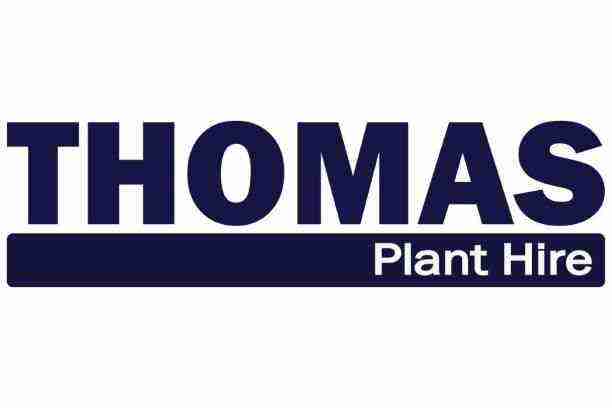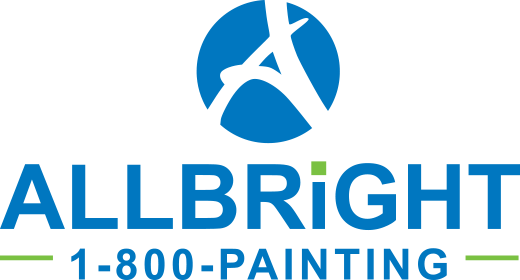Information
-
Audit Title
-
Document No.
-
Client / Site
-
Conducted on
-
Prepared by
-
Location
-
Personnel
Incident details
-
Date and time of incident;
-
Type of service encountered.
-
Name of Principal Contractor
- Balfour Beatty
- Bellway Homes West Midlands
- Bellway Homes Home Counties
- Bromford Homes
- Crest Nicholson
- David Wilson Homes
- Galliford Try
- Jelson Homes
- Jessup
- Keepmoat Homes
- Kier Homes
- Lovell Partnership
- McCarthy & Stone
- Miller Homes
- M Lambe Construction Ltd
- Morris Homes
- Persimmon Homes
- Walton Homes
- William Davis
- St Modwen
- Colmore Tang
-
Site Address that the incident took place (Or other address where off site).
-
Detailed description of location of incident (please be specific, plot numbers, chainage ref etc).
-
Depth of service from (A) Existing ground level. (B) Proposed finished ground level.
-
Sketch of location if not easily identified by plot number and/or photo
-
Photos of various aspects of the location of the incident. Do not approach any damaged service in such a way that you may sustain Injury doing so.
-
Has this incident been recorded in the accident book? Or recorded as a near miss?
-
who's?
- M Lambe Construction Ltd
- Client / PC
-
Ensure where it has been recorded in the clients accident book that a copy is taken for our records and is sent to head office for secure storage and tracking (with injured parties consent).
-
Were there any witnesses?
-
Weather conditions.
- Clear
- Overcast
- Fog
- Snow
- Rain
- High Winds
- Extremely warm day
- Extremely cold day
- Dark (Low visibility)
- Below 0 degrees Celcius
Personnel
-
Permit issued by
-
Supervisor
-
Banksman
-
Machine operator
Procedure (HSG 47 Compliance)
-
Permit to Break Ground in place?
-
Why not?
-
Current Service drawing referred to and seen by the people doing the work?
-
Why not?
-
Date of service drawings (should be less than 3 months - especially in the adopted highway)
-
Are copies available at the works location?
-
Why not?
-
Photos of all drawings available at the location
-
Was the service which was encountered shown on service drawings?
-
Was there evidence of sand or marker tape/tiles etc around the service?
-
Was a CAT & Genny used?
-
Photos of equipment, ensure test date information is recorded.
-
Why not?
-
Was hand digging carried out?
-
Who hand dug?
-
Why not?
Time line of what happened before and after the event.
-
Set out the time line for the incident. this should include Task start time, incident time, response time (first Aid, Ambulance etc).
Who has been contacted, by who, and when?
-
Service Provider informed (Service Strike)
-
Client (PC) Informed?
-
College (Apprentices)
-
HSE Informed?
-
Witness statements
-
Emergency Services informed?
-
Witnesses 1
-
Name and signature of the witness 1
-
Witnesses 2
-
Name and signature of the witness 2
Action: Short Term
-
Contributing causes of the Incident: (Inadequate training, Inadequate supervision. Employee not following correct safety procedures and instructions)
-
What was the immediate action taken to correct the issue (how was this done):
-
Who was the responsible party for correcting the issue:
Moving forwards
-
Lessons Learned:
-
What is the long term action needed to correct the issue:
-
Please provide attachments : Pictures, Drawings, Training Records, Statement of Employee, Statement of Witness/es, Other. Which may have been taken prior to this report being compiled.
Investigation Conclusions
Person Completing Form (please sign below)
-
The above report a true reflection of the Incident to the best of my knowledge.
Manager/Supervisor in Charge (please sign below)
-
The above report a true reflection of the Incident to the best of my knowledge.
Person Accepting Liability (Where Applicable)
-
Confirmation that the below accepts that a safe system of work, mandatory requirement, has not been followed which was a contributing factor in relation to the incident occurring.
Follow on Information.
-
Was the incident classified as Reportable under RIDDOR?
-
Name of person submitting RIDDOR report.
-
Date of RIDDOR submission.
-
Did the HSE or Police attend site?
-
Give details including name of HSE Inspector, site representative who met them, and their findings.
-
Was any action taken against M Lambe Construction Ltd in relation to this incident? If so what?












